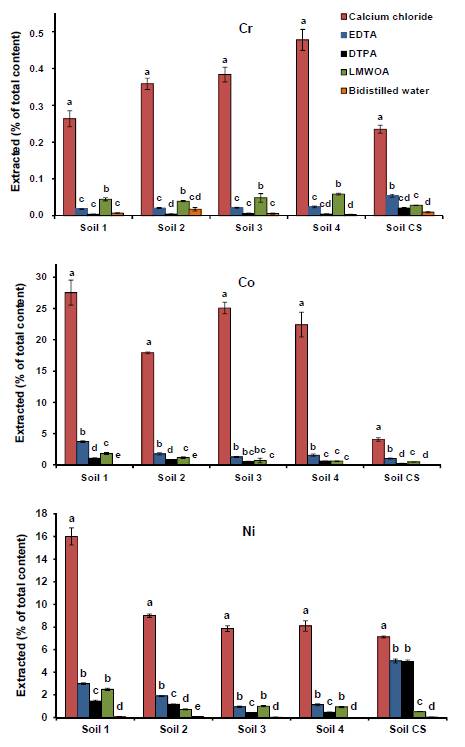Words on Wednesday aims at promoting interesting/fun/exciting publications on topics related to Energy, Resources and the Environment. If you would like to be featured on WoW, please send us a link of the paper, or your own post, at ERE.Matters@gmail.com.
***
Lago-Vila, M., Arenas-Lago, D., Rodríguez-Seijo, A., Andrade Couce, M. L., and Vega, F. A., 2015. Cobalt, chromium and nickel contents in soils and plants from a serpentinite quarry, Solid Earth, 6, 323-335.
Abstract:
The former serpentinite quarry of Penas Albas (Moeche, Galicia, NW Spain) left behind a large amount of waste material scattered over the surrounding area, as well as tailing areas. In this area several soils were studied together with the vegetation growing spontaneously over them with the aim of identifying the bioavailability of heavy metals. The potential of spontaneous vegetation for phytoremediation and/or phytostabilization was evaluated. The pH of the soils ranges from neutral to basic, with very low organic matter and nitrogen contents. There are imbalances between exchangeable cations like potassium (K) and calcium (Ca), mainly due to high magnesium (Mg) content that can strongly limit plant production. Moreover, in all of the studied soils there are high levels of cobalt (Co), chromium (Cr) and nickel (Ni) (>70, >1300 and >1300 mg kg-1, respectively). They exceed the intervention limits indicated by soil guideline values. Different soil extractions were performed in order to evaluate bioavailability. CaCl2⋅0.01M is the most effective extraction reagent, although the reagent that best predicts plant availability is a mixture of low molecular weight organic acids. Festuca rubra, L. is the spontaneous plant growing in the soils that accumulates the highest amount of the metals, both in shoot and roots. Festuca also has the highest translocation factor values, although they are only >1 for Cr. The bioconcentration factor is >1 in all of the cases, except in the shoot of Juncus sp. for Co and Ni. The results indicate that Festuca is a phytostabilizer of Co and Ni and an accumulator of Cr, while Juncus sp. is suitable for phytostabilization.

Extraction efficiency. In each soil, bars with different letters
indicate significantly different EF values (p <0.05) for each
metal. Hanging bars are the standard deviation.
